Today I'd like to invite you to visit with me the Monastery Church of Sighișoara, which is called Schäßburger Klosterkirche in German. I can't remember if I have ever visited it, but I'm glad I had the chance last Sunday and also to take some photos as it's impressive. I was expecting nothing less as these medieval beauties usually are extraordinary (I haven't seen one yet, that it isn't), even though each of them has a colorful and painful past. Colorful not in the good sense of the word obviously.
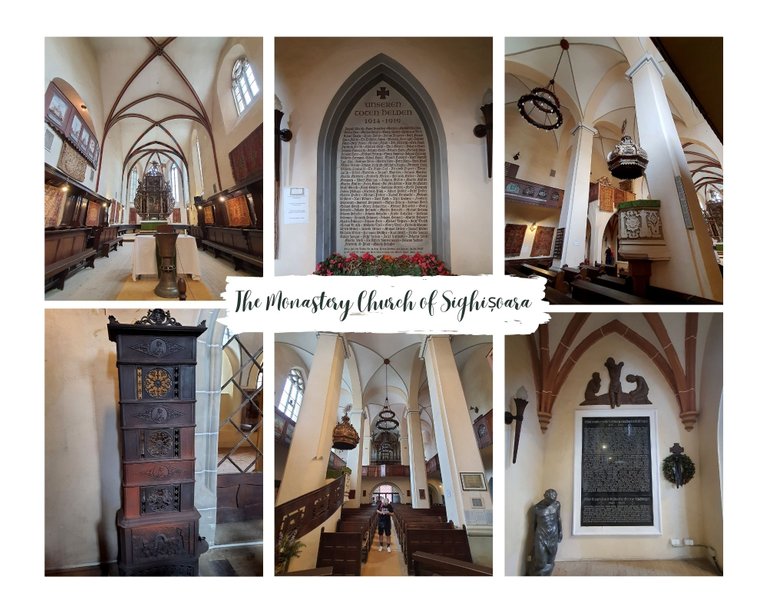
The Monastery Church, also known as the Church of the Dominican Monastery (Romanian: Biserica Mănăstirii Dominicane, German: Dominikanerkapelle), is a Gothic church formerly part of a medieval Dominican monastery in Sighișoara, Romania. The monastery was erected in 1289, and demolished in 1888. The monastery was one of a network planned by Paulus Hungarus (Paul the Hungarian) throughout the Kingdom of Hungary to act as a bulwark against heresy. Hungarian nobleman Leonard Barlabássy gave the church an endowment. source
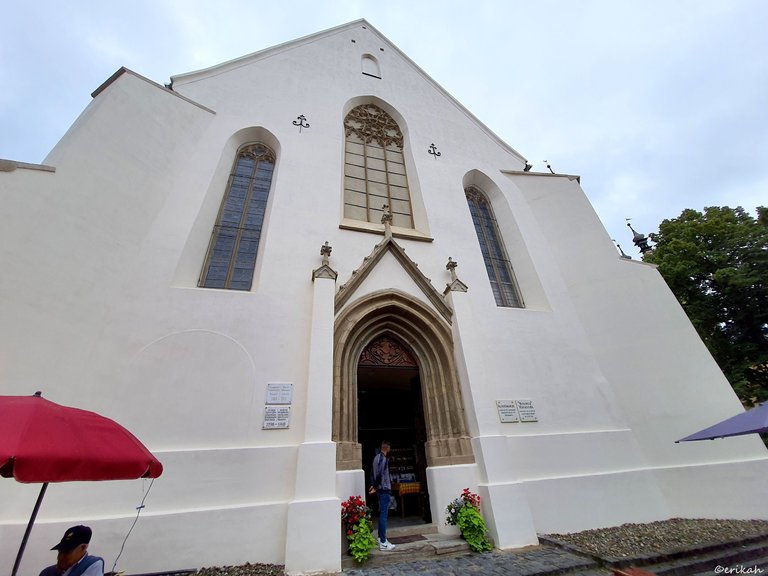
The church is situated on the hill, inside the citadel as back in those medieval times it served as a shelter for the people as well as animals, in case the city was attacked.
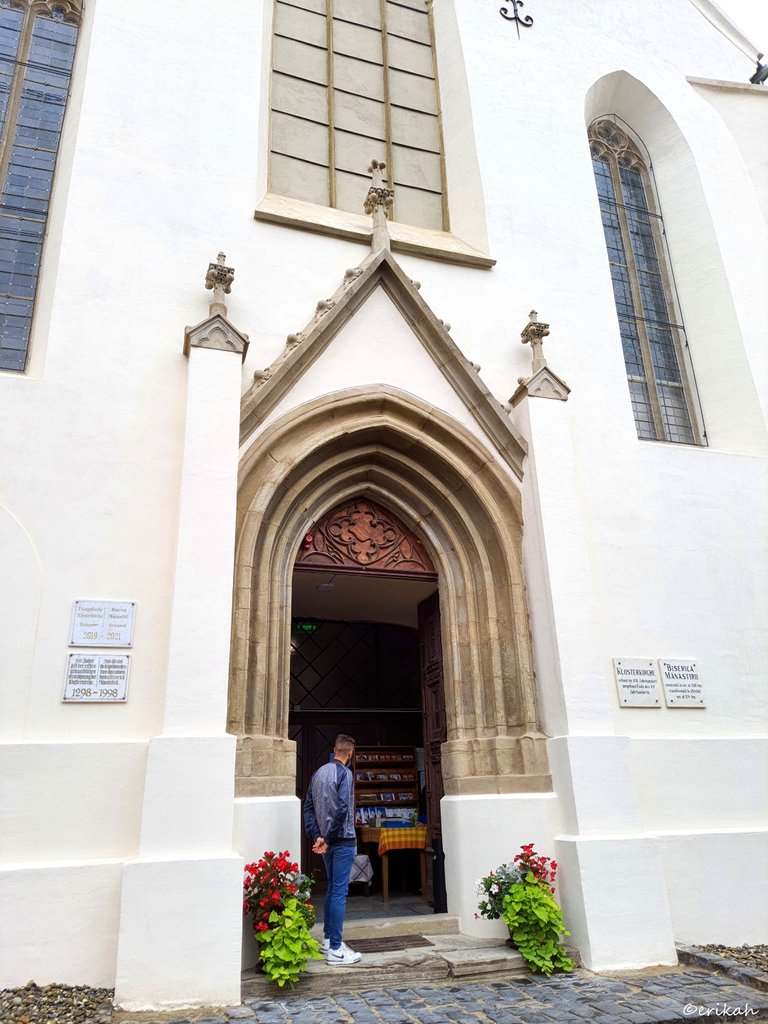
The architecture of the church is similar to what you find everywhere in Transylvania, but the interior is not and we all know the interior is what makes a church special.
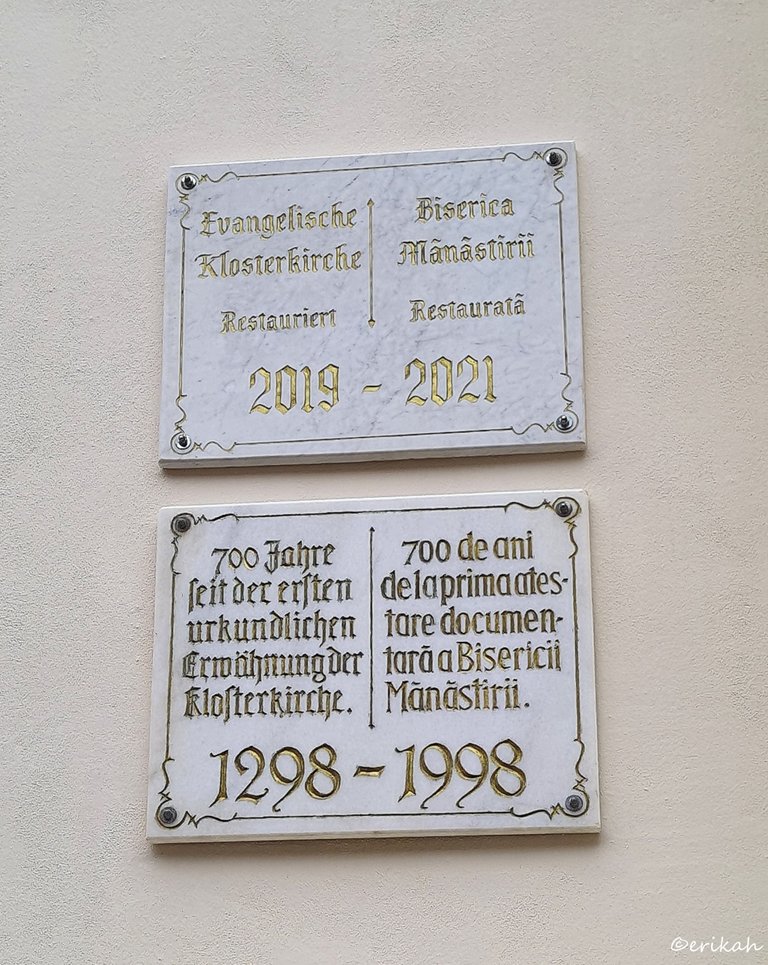
Next to the entrance there are two marble plates. One is to commemorate 700 years in 1998, since the first document the monastery was mentioned in 1298. The other says the monastery went through restoration works between 2019 and 2021.

On the other side of the door there's another marble plate letting people know the church was built in the 13th century and transformed in the 15th century.
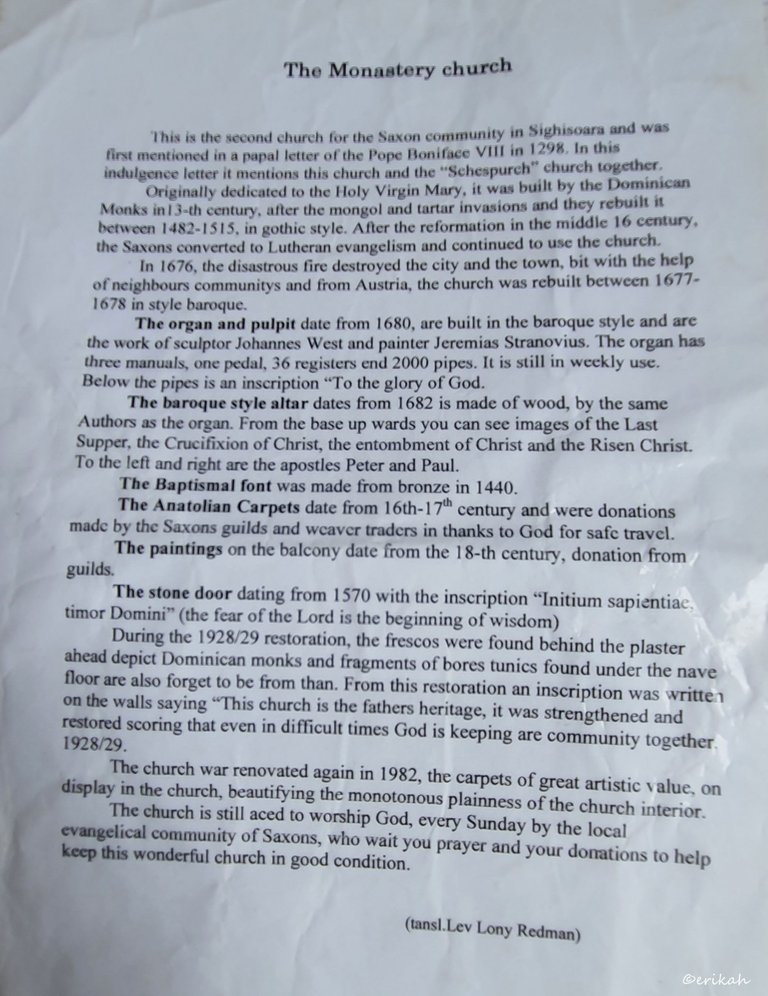
Contrary to other churches, the Monastery Church has a reception area, at least during summer. Right next to the door there's a lady welcoming people and collecting entrance fees as the entrance is not free. It is 10 lei, which is the equivalent of 2€. You can also have a paper with the history of the church in several languages. I asked for Hungarian, then at the exit I asked the lady to let me take a photo of the English version so I can share it with you.
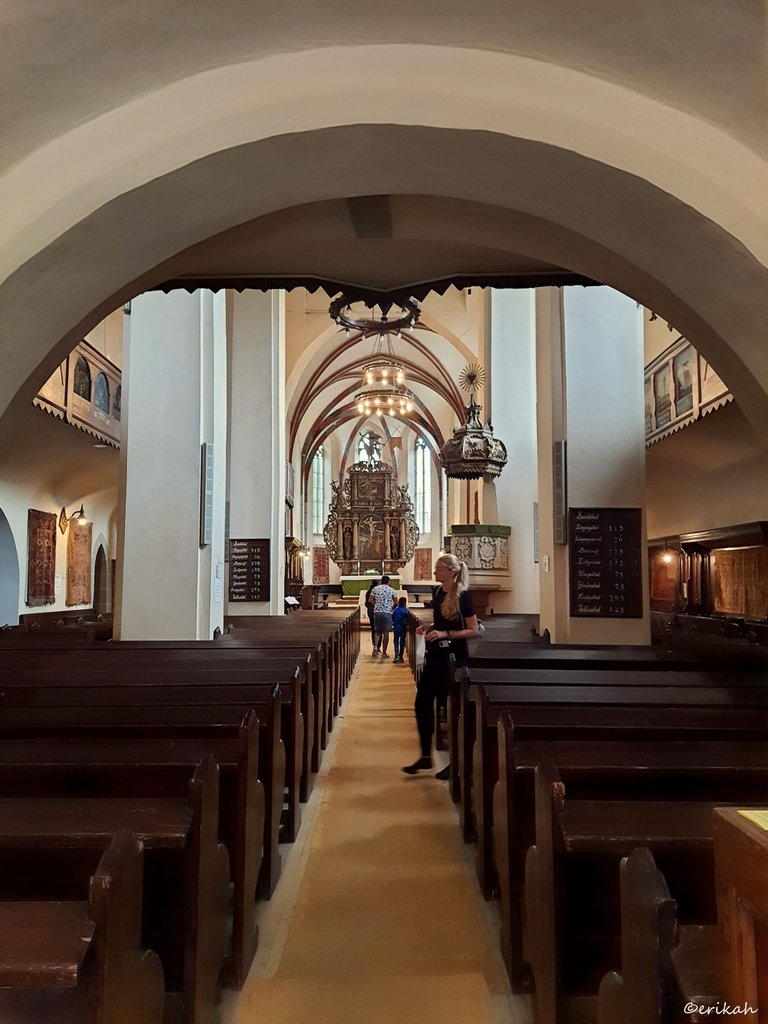
Once you enter the church, this is the first thing you see. The beauty of the church under this arched entrance.
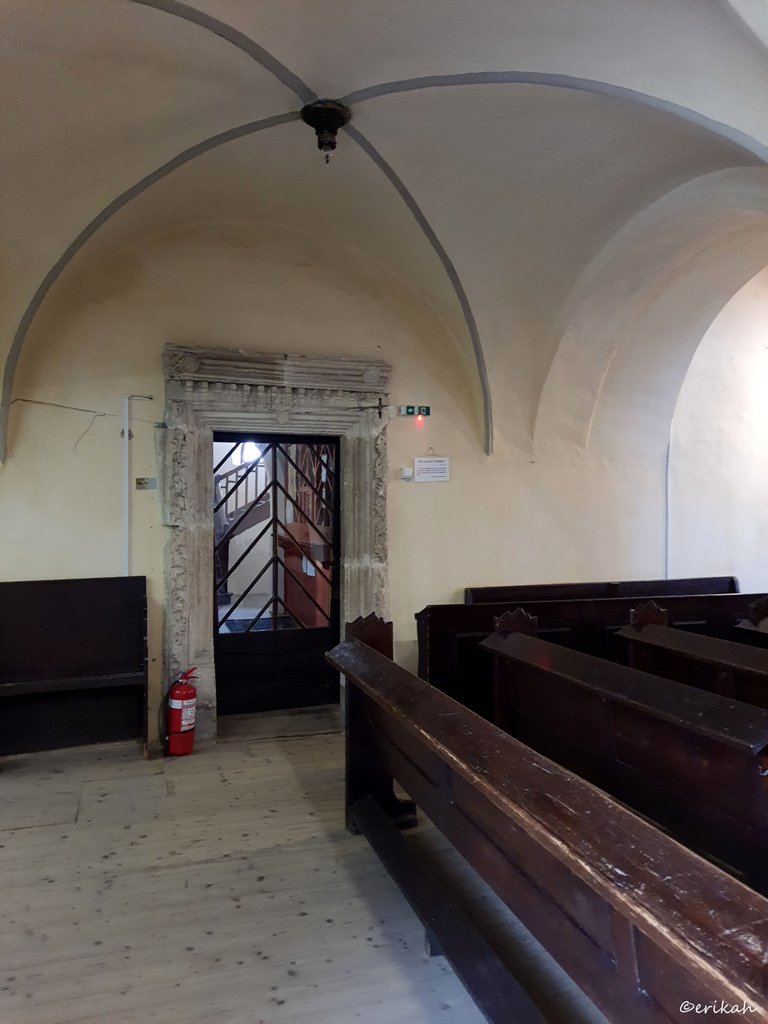
Even though the church has gone through a lot of renovation works over the years, the important elements are still intact, like that stone door frame.
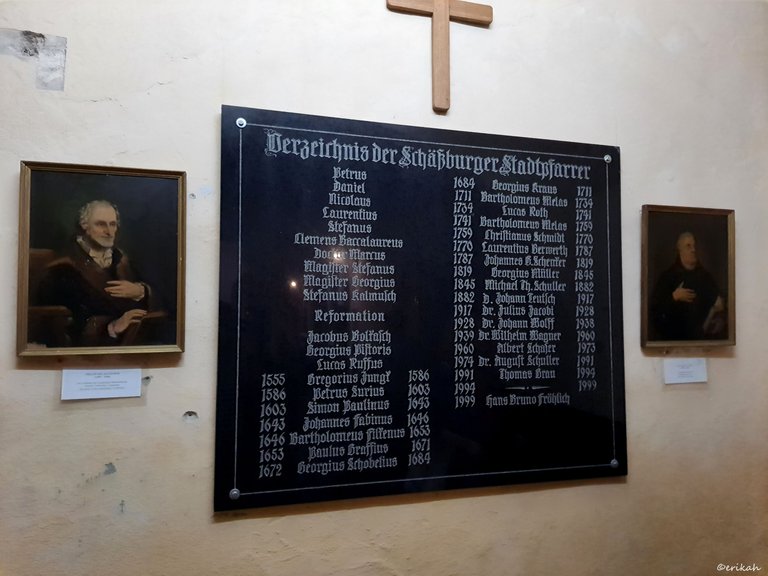
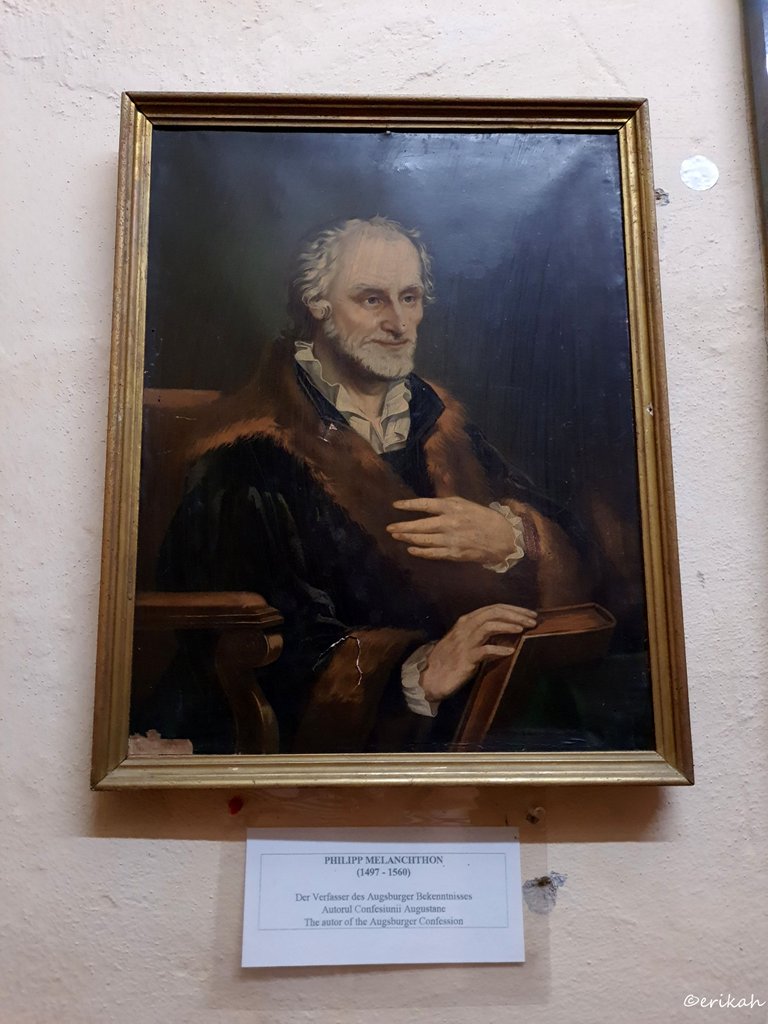
Back in the day, when photographing was not known yet, nobles and wealthy people had their portrait painted. It was up to the painter how accurate the paintings were. This one looks quite extraordinary, but we still don't know if it looks like the model, Philipp Melanchton (1497 - 1560). Back in those days painters were not allowed to paint ugly things, therefore everyone painted was beautiful and handsome. Otherwise the painter risked to lose his head.
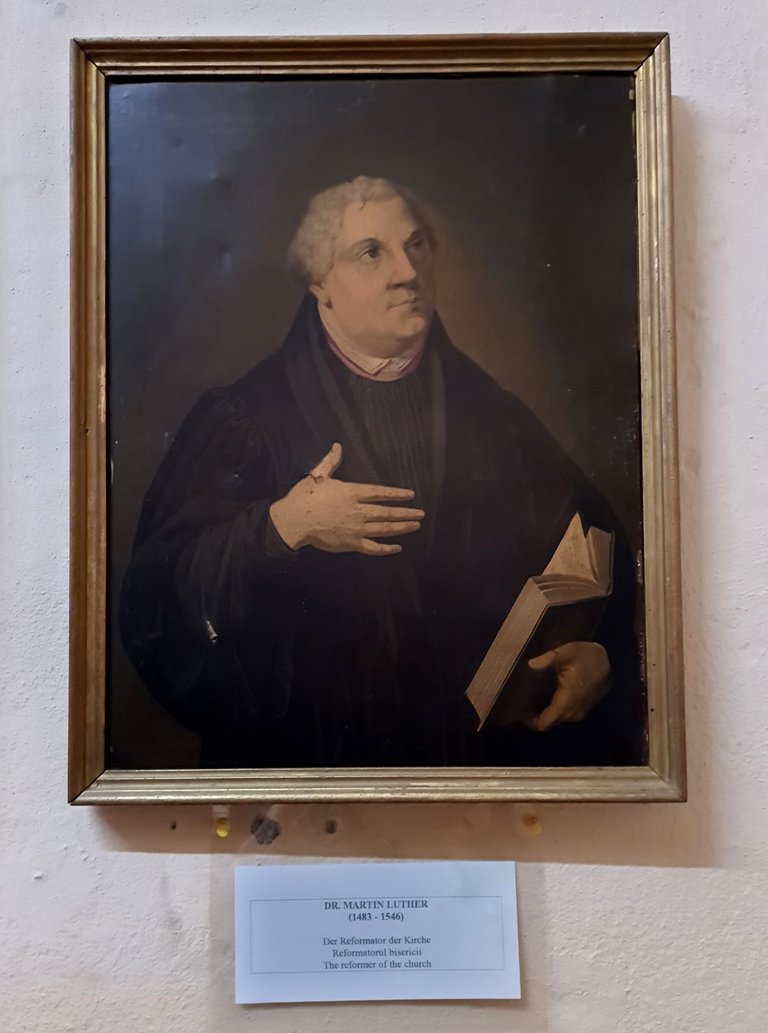
Portrait of Dr. Martin Luther (1483 - 1546), the reformer of the church.
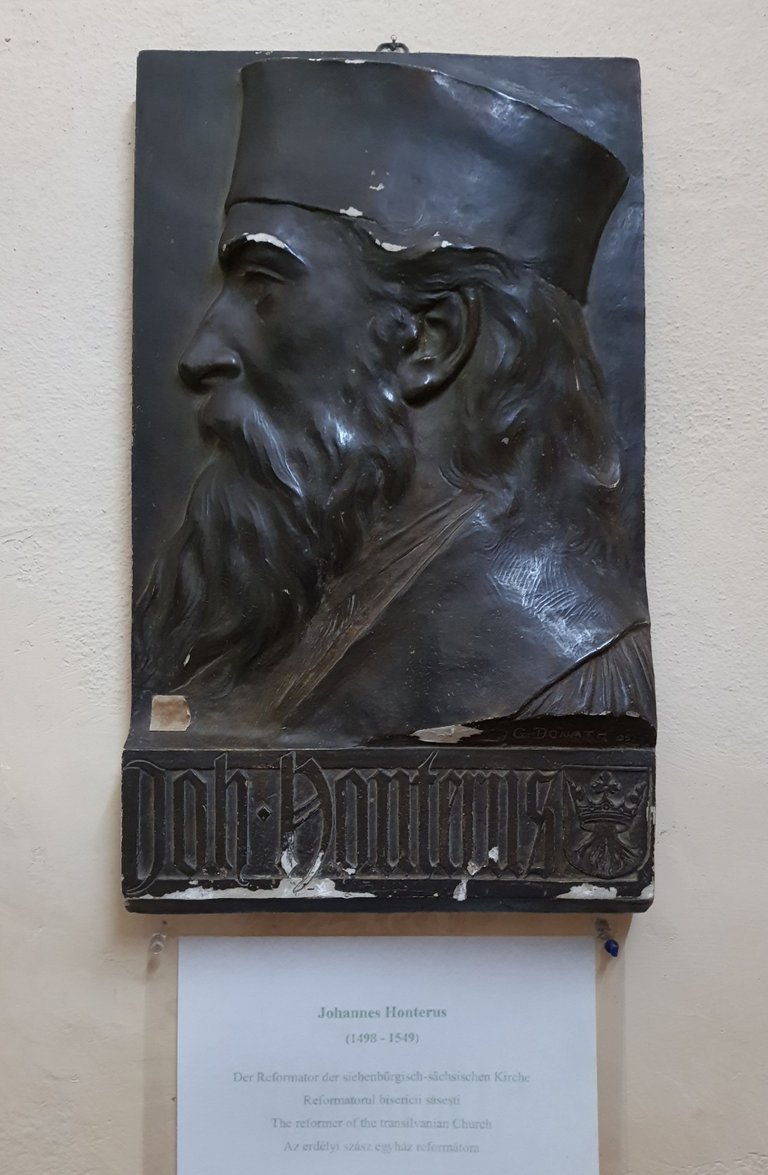
Another prominent figure, Johannes Honterus (1498 - 1549), the reformer of the Transylvanian church. This artwork was a bit of a disappointment as I thought it's a metal relief but it must be some kind of ceramics.
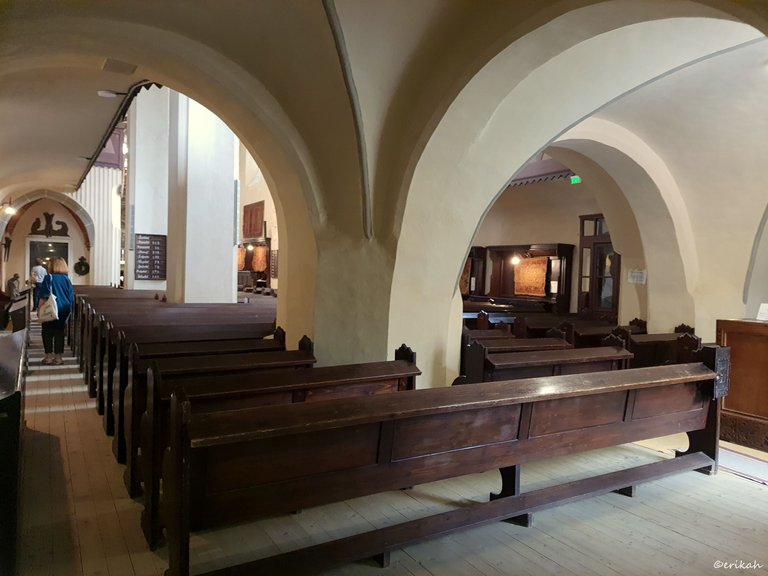
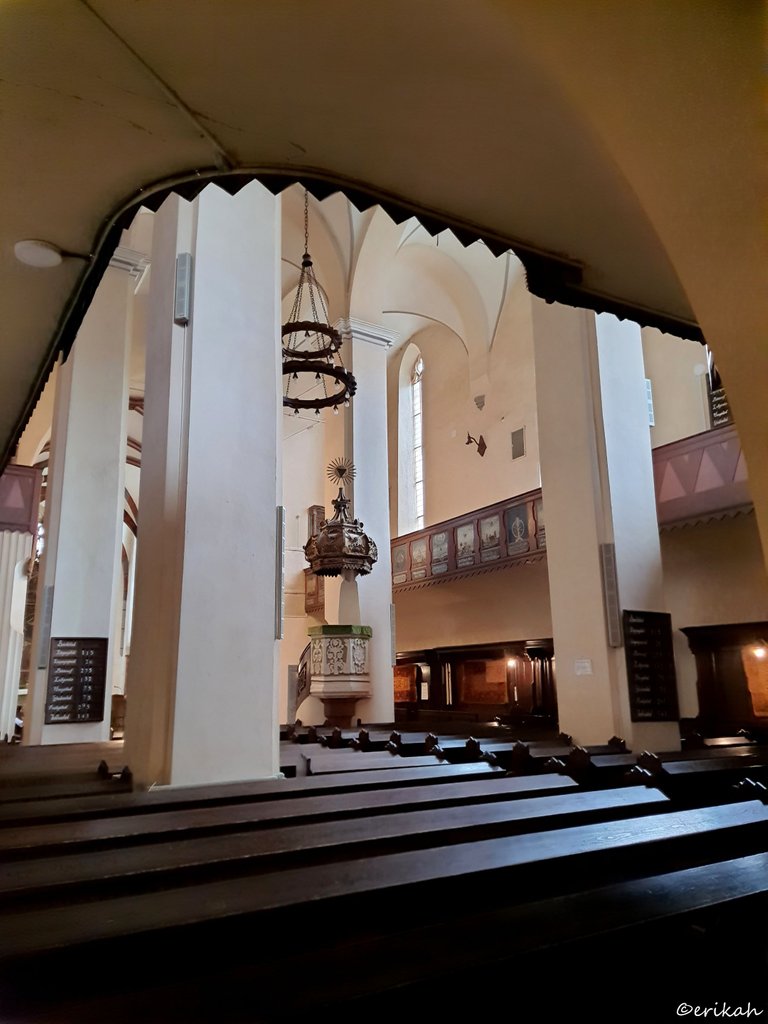
The beauty of the church lies in its simplicity. Contrary to what other churches look like, you don't see fresco on the walls, not saints.
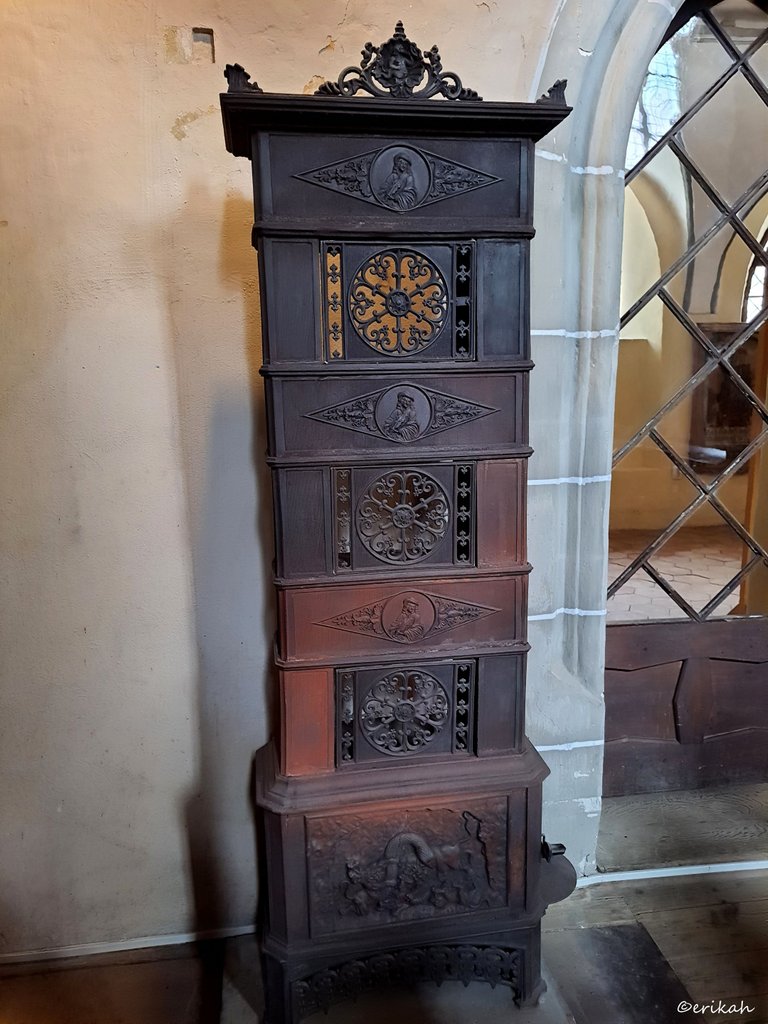
This beauty is not in use anymore, but back in the day it used to heat the room.
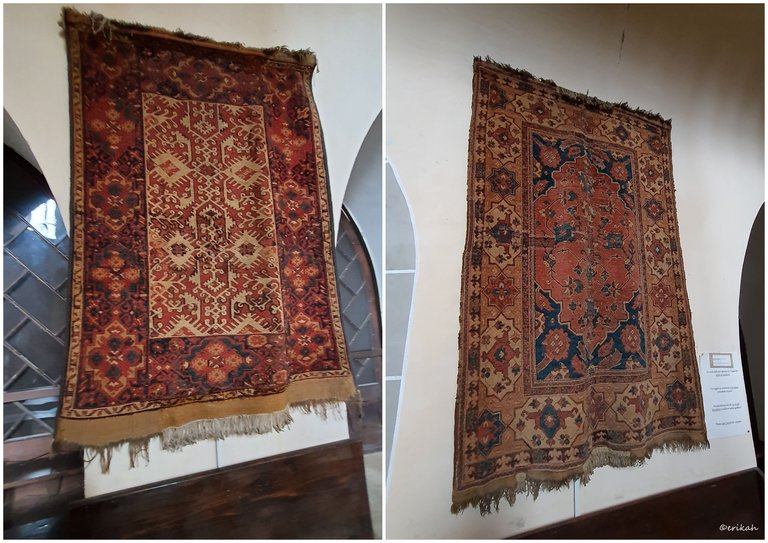
Medieval churches usually have a rug collection, old rugs that are not in use anymore, but have historical value. There were several rugs hanging on the wall and I must say, after so many years, these are still beautiful.
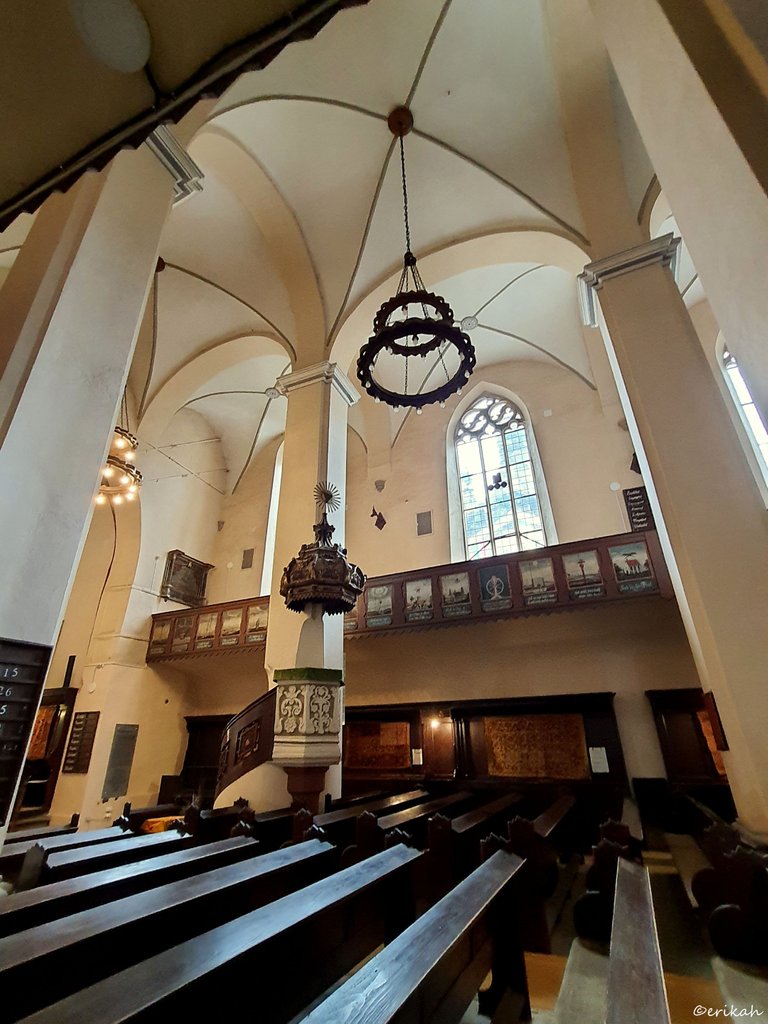

This is where things get bitter sweet. While I love the marble plaque, decorated with blowers, what represents is extremely sad. Those are the names of the church members who died between 1914 and 1919, in the first world war.
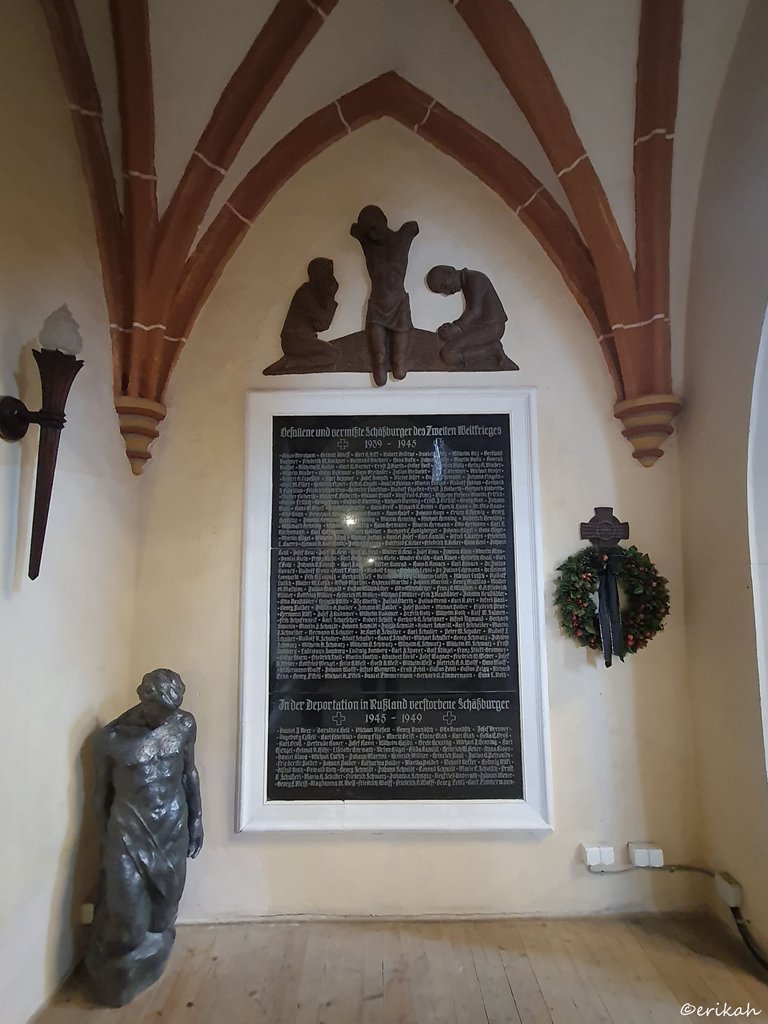
Different marble plaque, just as sad as the previous one, but at leas t the name of those who sacrificed their lives are remembered forever.
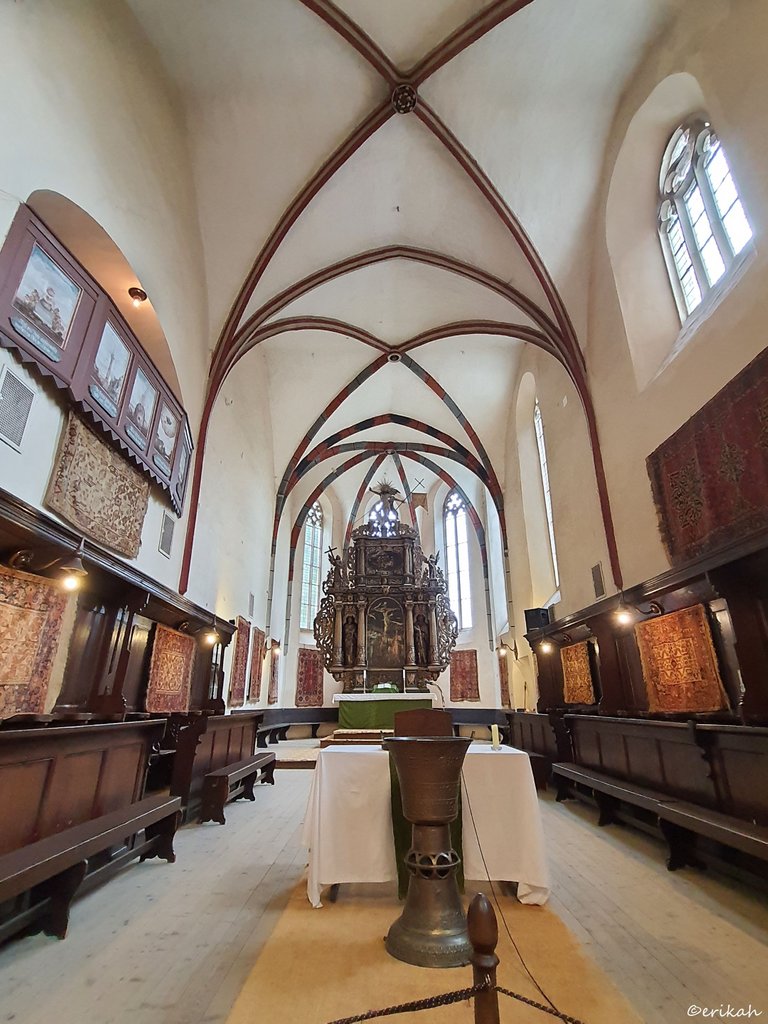
The main isle with the altar in the background. Simple but beautiful.

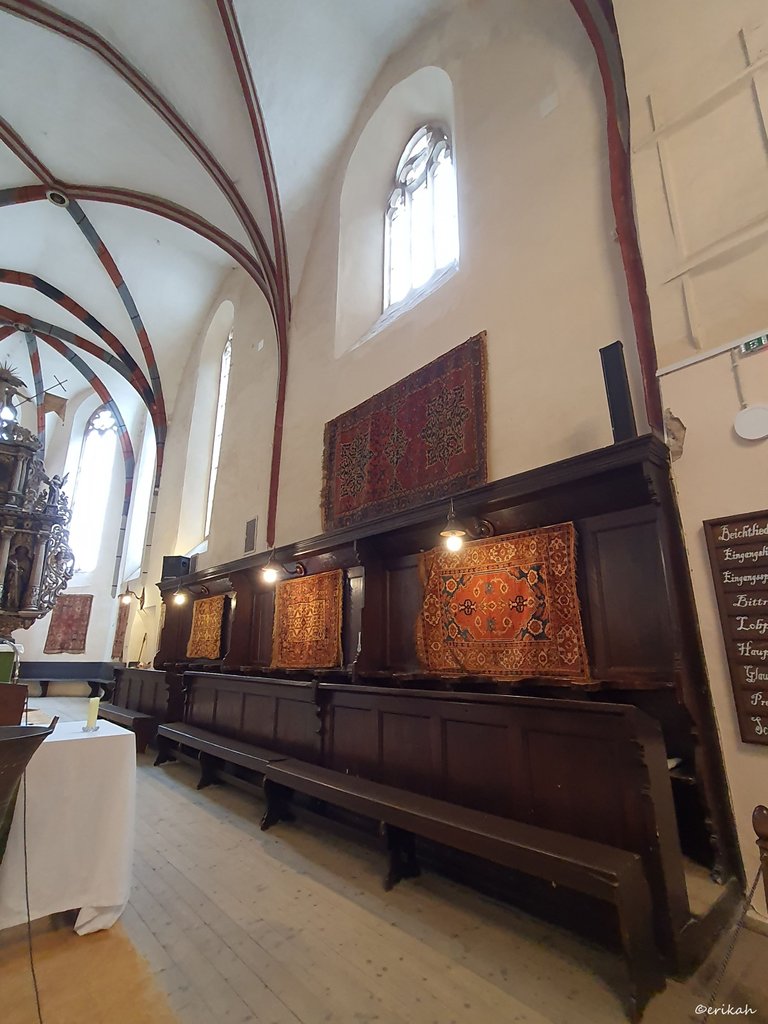
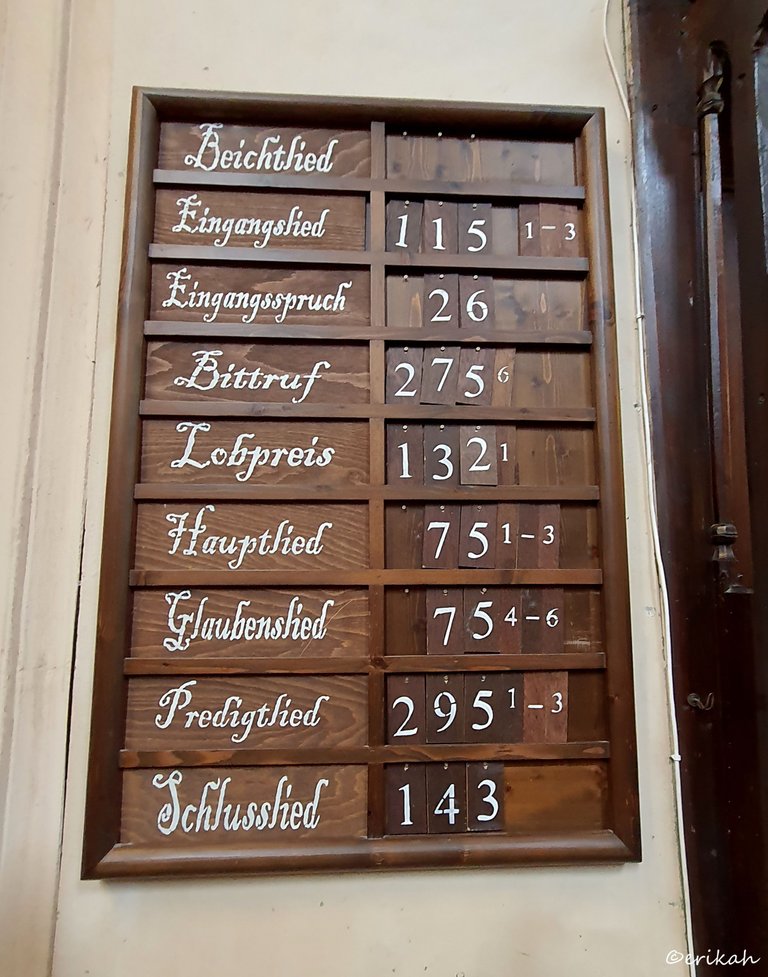

As I said in one of my previous posts, the altar should be the most beautiful part of the church, but for me there's always the organ. Like most of the medieval churches, there's an organ here too. The pulpit is also a nice piece, especially the top.

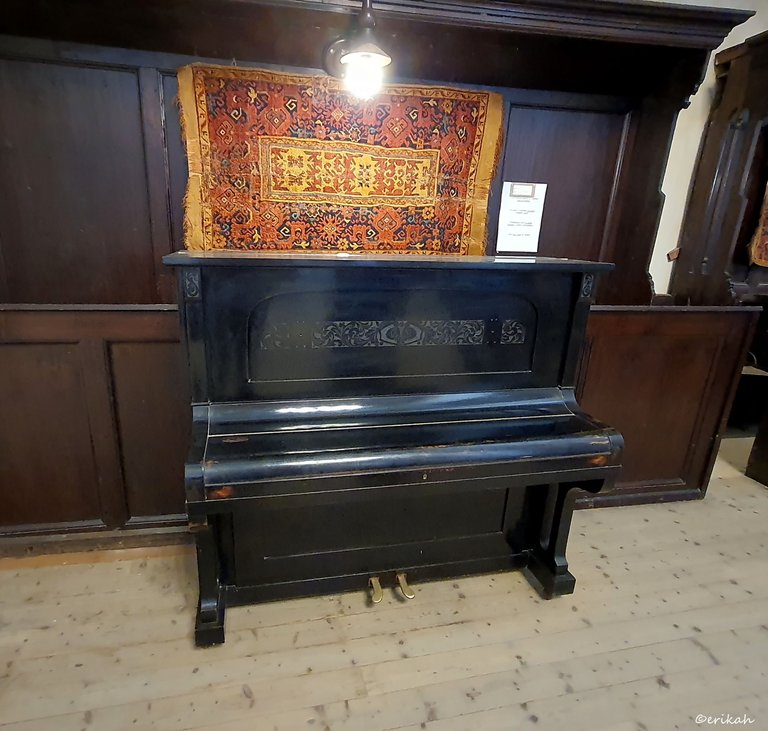
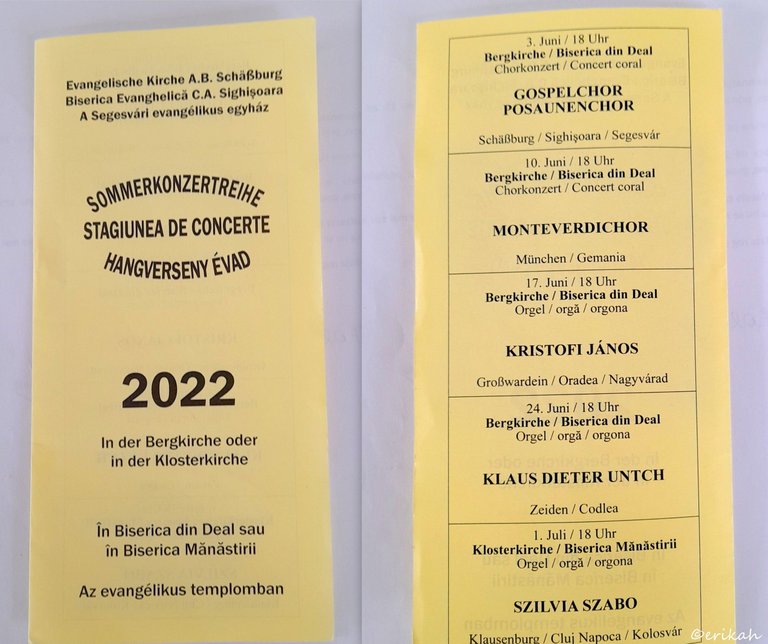
I think this is the time to mention, that every summer is a concert season. From June to September, there's a concert every weekend, with artists from all over Europe. I'm planning to attend an organ concert here as well.
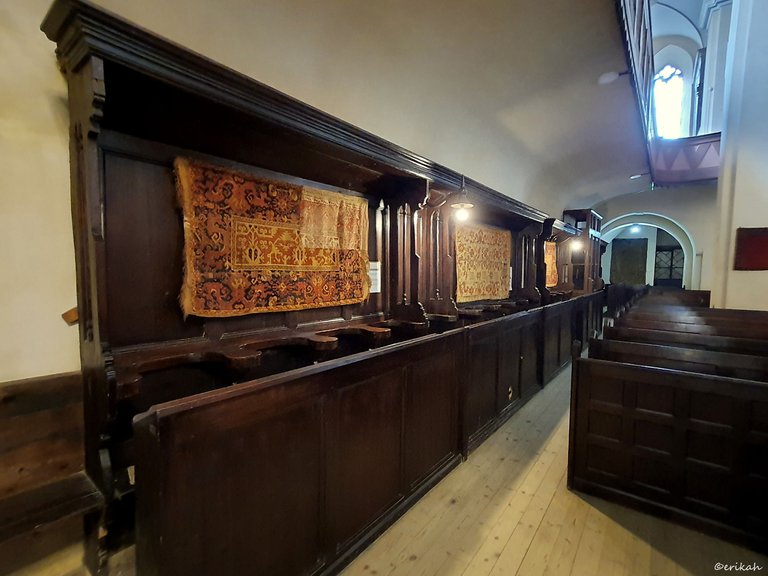
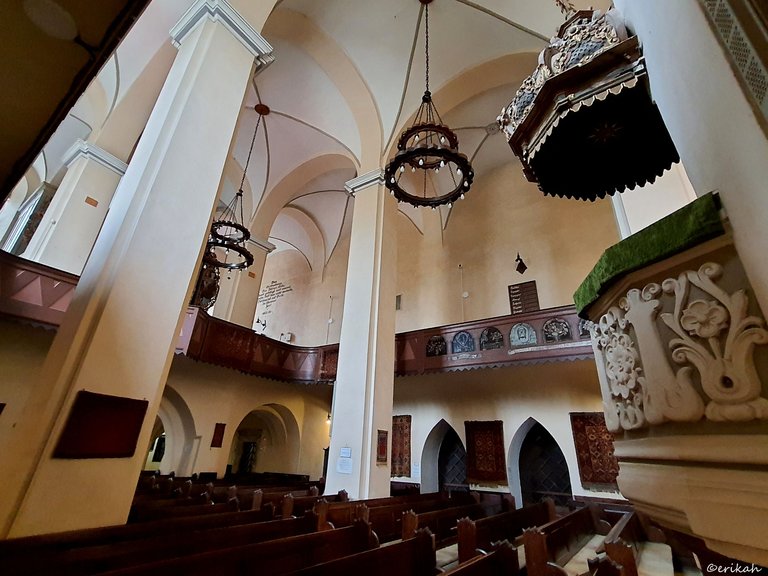
My biggest regret is that there's never enough time to take part of a service, or attend as many concerts as I'd like to.

The acoustics of these churches is fantastic, so attending a concert here is a must.


Congratulations, your post has been added to Pinmapple! 🎉🥳🍍
Did you know you have your own profile map?
And every post has their own map too!
Want to have your post on the map too?
It's a beautiful church.The shots you have taken are worth seeing.Tough I am Hindu but I am impressed by Christian culture.
Thank you for sharing.
Each religion has its own beauty and we can learn from each other.
a bit strange to see german text on a romanian church, not what i was expecting :)
Then you don't know the history of Transylvania.
that is true :) hence why i was suprised
It really is a beautiful church, thanks for sharing these beautiful photos.
Indeed it is, worth visiting.
Amazing. Thanks for the blog.
My pleasure
I love the interior design of this church. Looks very amazing. The designer must have taken his calm time in doing the design
It is amazing and indeed, these churches were under construction for a few years always, as back in those days there were no tools and machines like today.
Thank you!